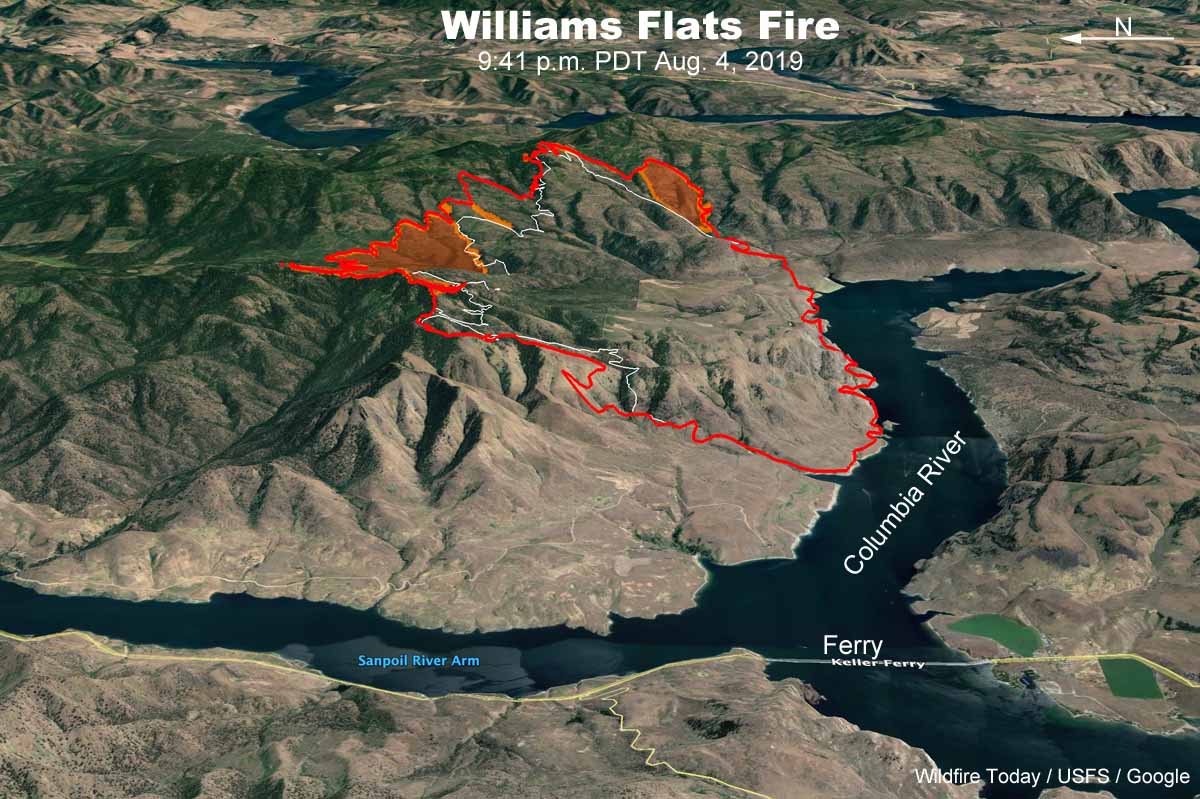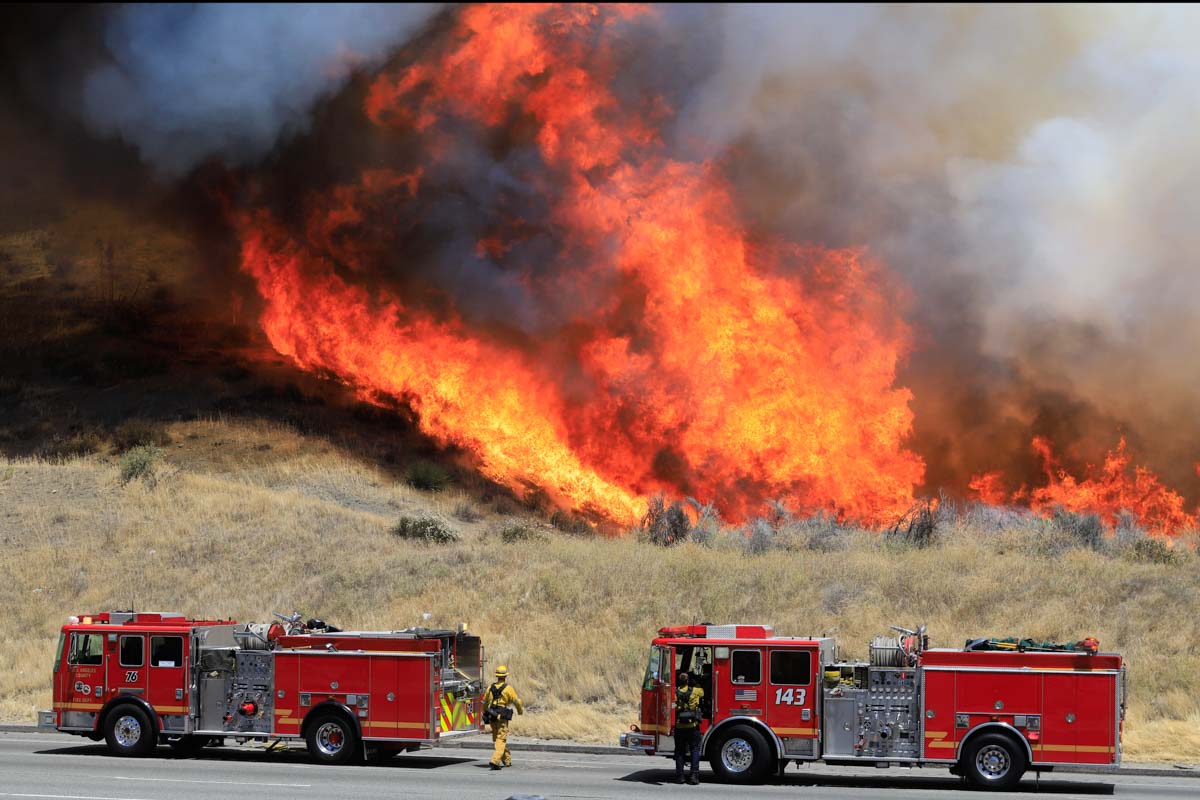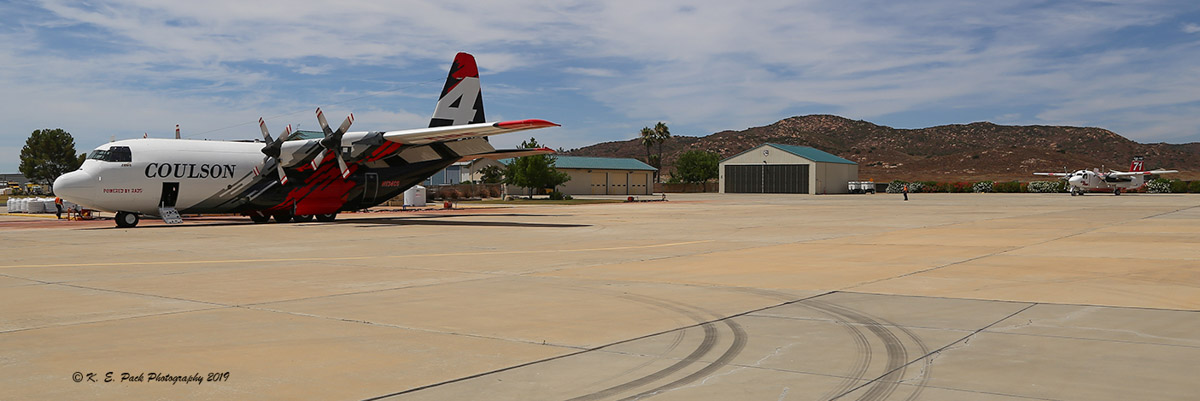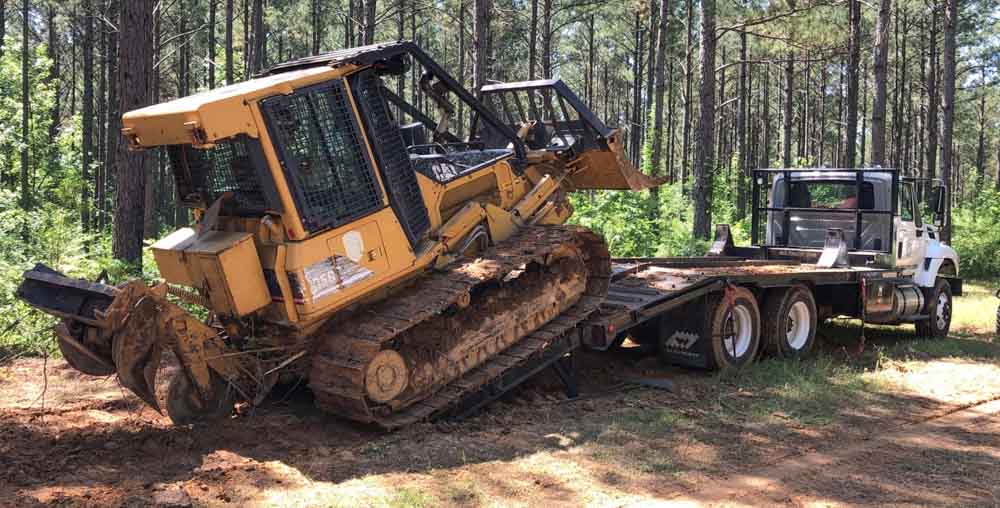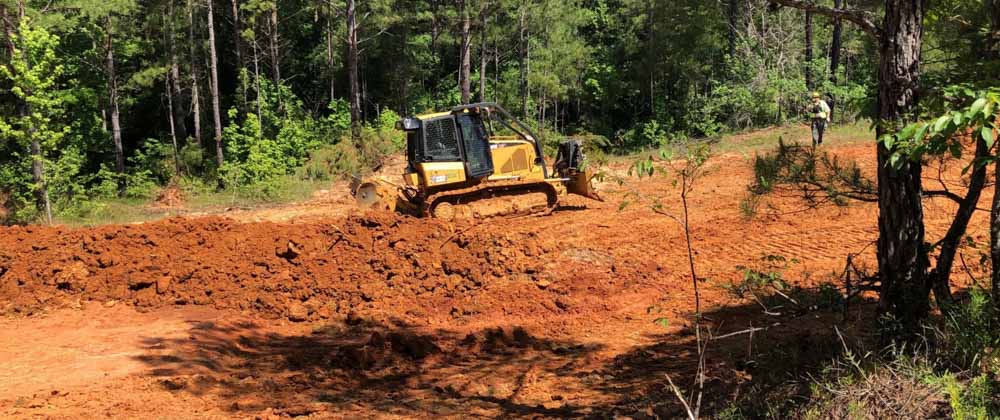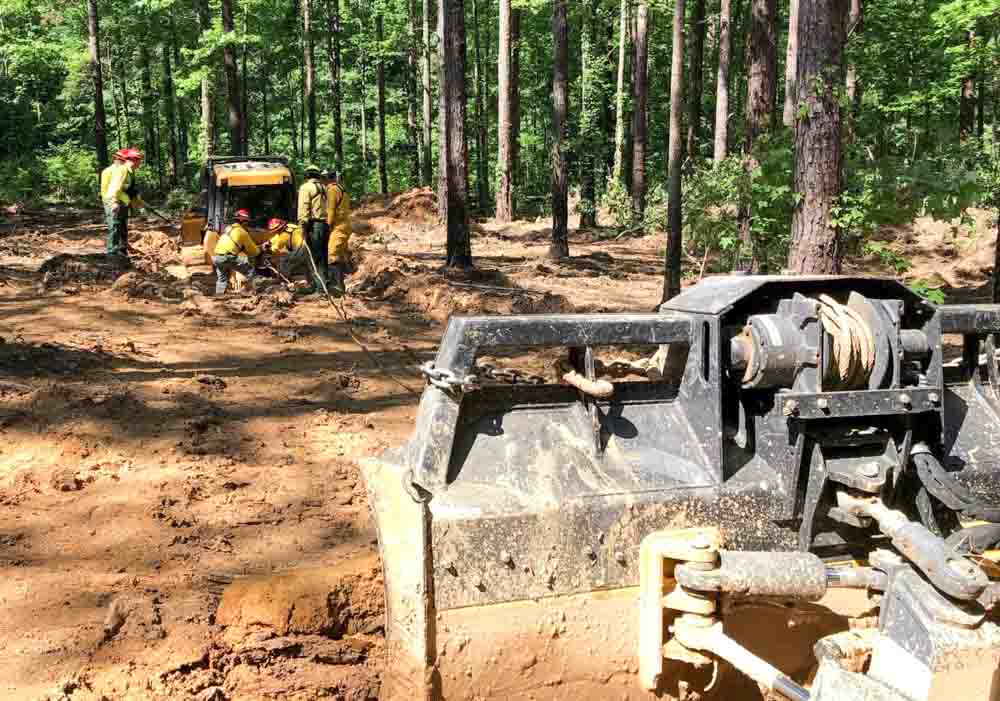
(UPDATED at 8:17 a.m. PDT August 6, 2019)
On Monday the Williams Flats Fire in Northeast Washington spread for another half mile to a mile toward the north and east, to bring the total burned area up to 16,781 acres according to data from an overnight fixed wing mapping flight. (see map above)
The fire spread across Whitestone Ridge on the southeast flank. Dozers are constructing direct fireline and crews are burning out fuels as construction progresses toward the fire’s northeast corner. Helicopters were able to drop water as needed Monday to reduce the risks of loss to timber, Hellgate Game Reserve, and archeological sites, but water-scooping planes and large air tankers were unable to fly due to heavy smoke which compromised visibility.
Challenges firefighters are facing on this include high temperatures, reduced visibility, steep rocky terrain, and wildlife dangers such as snakes and bears.
Firefighting resources assigned to the Williams Flats Fire:
- 22 hand crews
- 8 helicopters
- 18 fire engines
- 9 dozers
- 22 water tenders
- 764 total personnel
(Originally published at 1 p.m. PDT August 5, 2019)
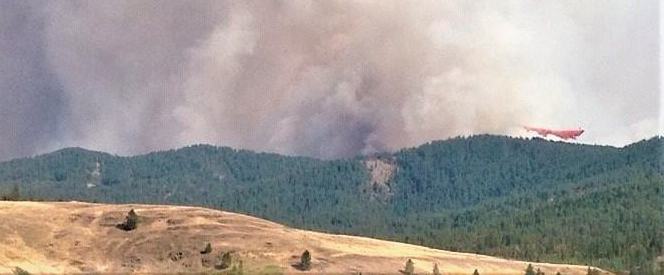
The Williams Flats Fire along the Columbia River 15 miles east of Coulee Dam, Washington spread half a mile to one mile on the north and east sides on Saturday and Sunday to bring the size up to 13,497 acres. (see map below)
The fire is burning on Confederated Tribes of the Colville Reservation and Washington Department of Natural Resources protected lands. On Monday firefighters will strengthen existing containment lines and begin mop-up of hot spots on the west flank. Line construction is on-going on the southeast flank toward Whitestone Ridge. Dozers are constructing direct fireline and crews are burning out fuels as construction progresses toward the fire’s northeast corner.

Firefighting resources assigned to the Williams Flats Fire include 14 hand crews, 18 fire engines, 8 dozers, 19 water tenders, and 7 helicopters for a total of 542 personnel.
Helicopters are dipping and air tankers are scooping water (see above) from nearby Lake Roosevelt to aid on-the-ground firefighters in suppression efforts and the aircraft need space to work. The public is asked to avoid these activities on the water. The area is being patrolled by the the Confederated Tribes of the Colville Reservation Law Enforcement.
Weather
The forecast for Monday calls for 91 degrees, 15 percent relative humidity, and winds out of the southwest and west at 6 mph, with limited humidity recovery Monday night. Tuesday should be the hottest day of the week, with 94 degrees, 14 percent RH, and variable winds at 2 to 7 mph.

